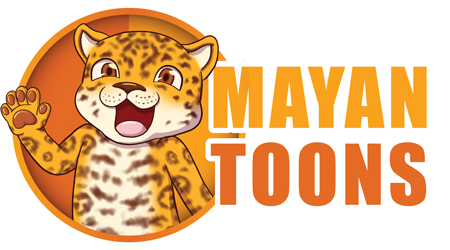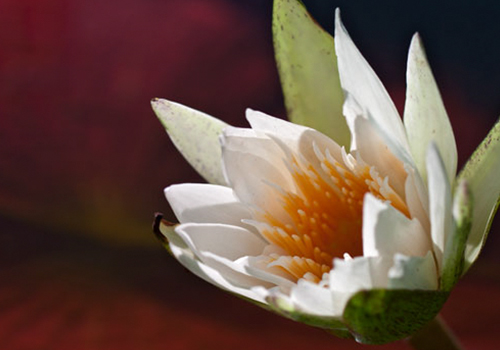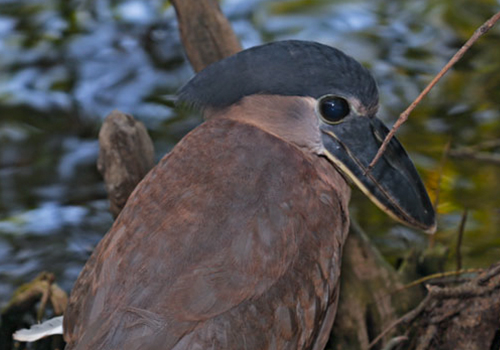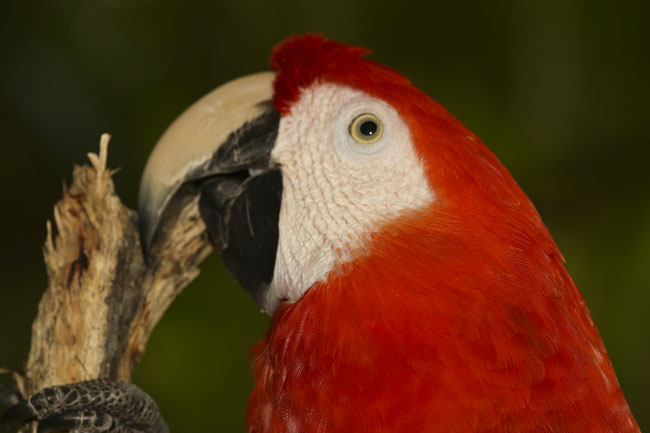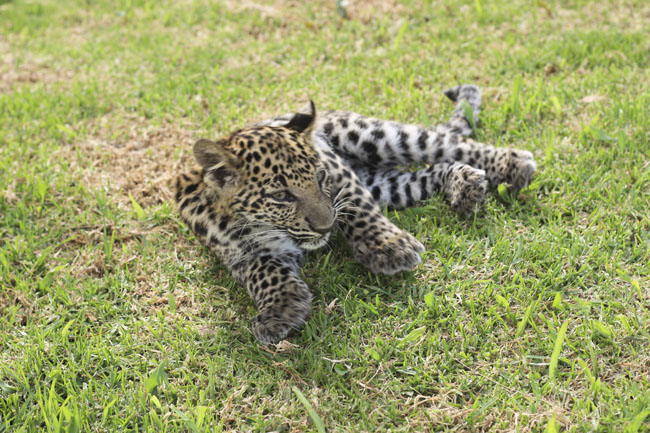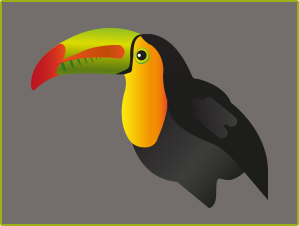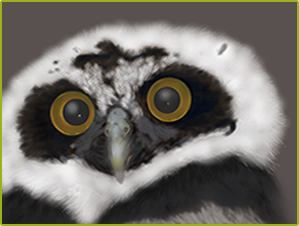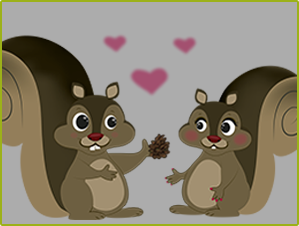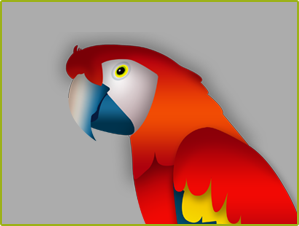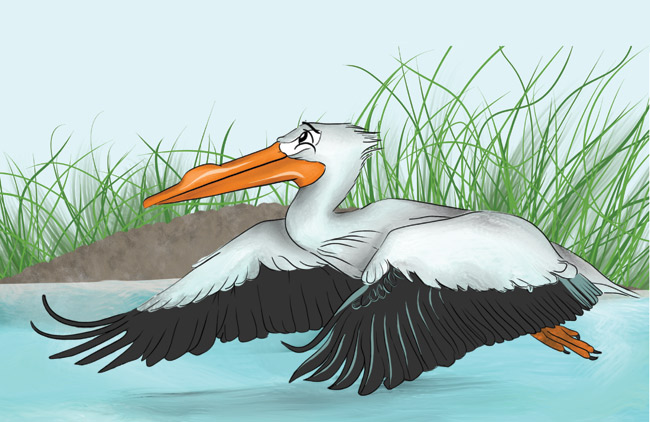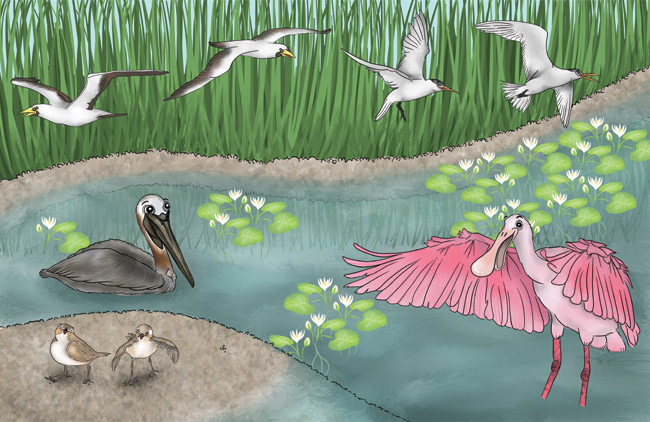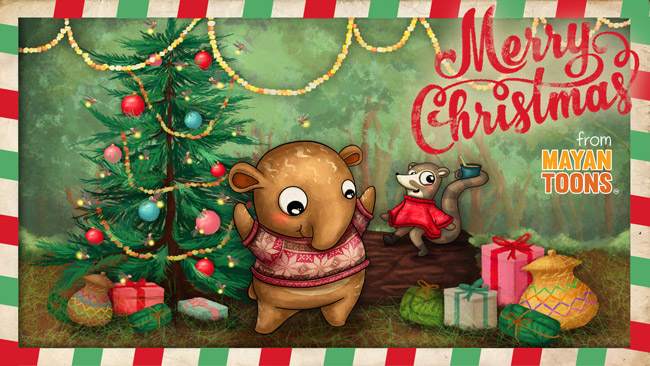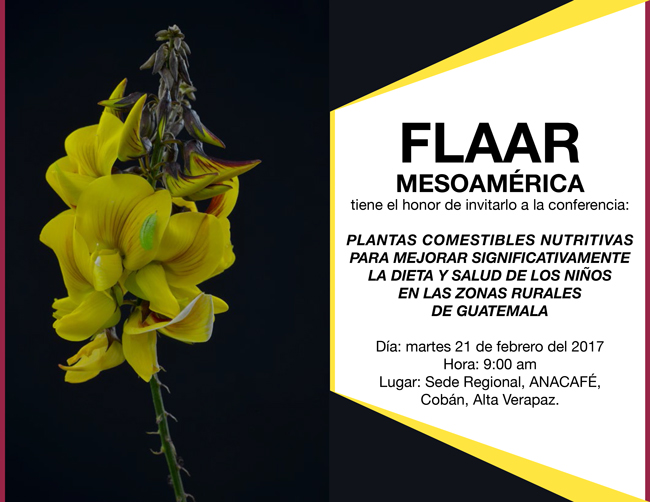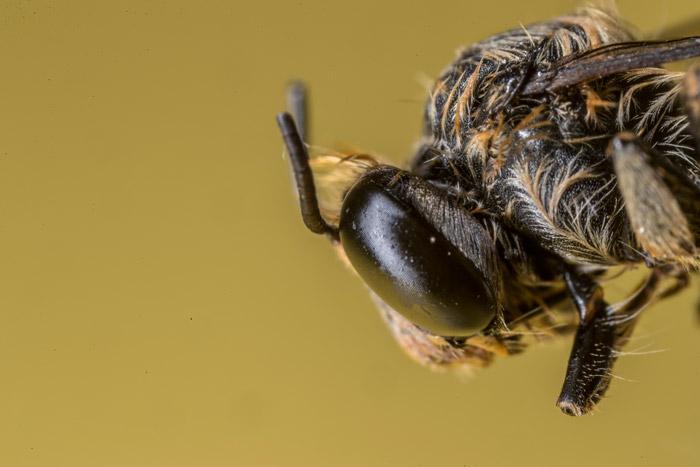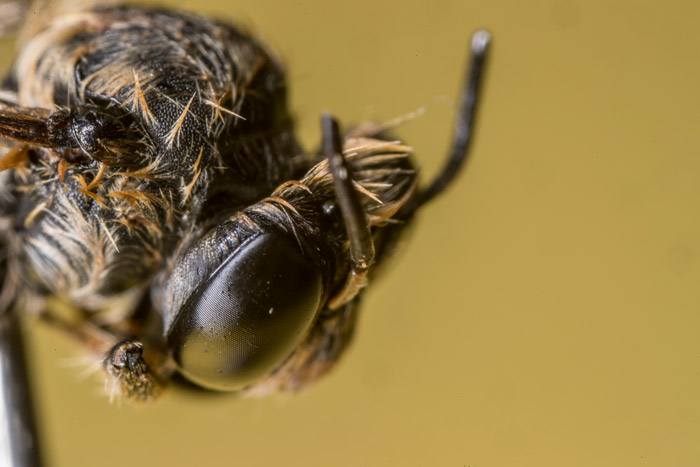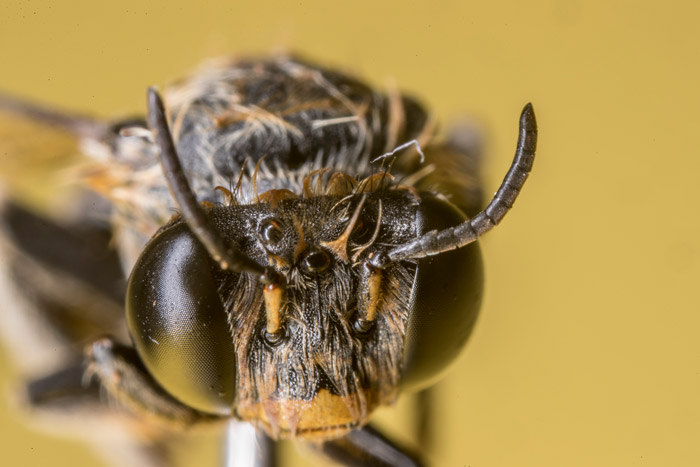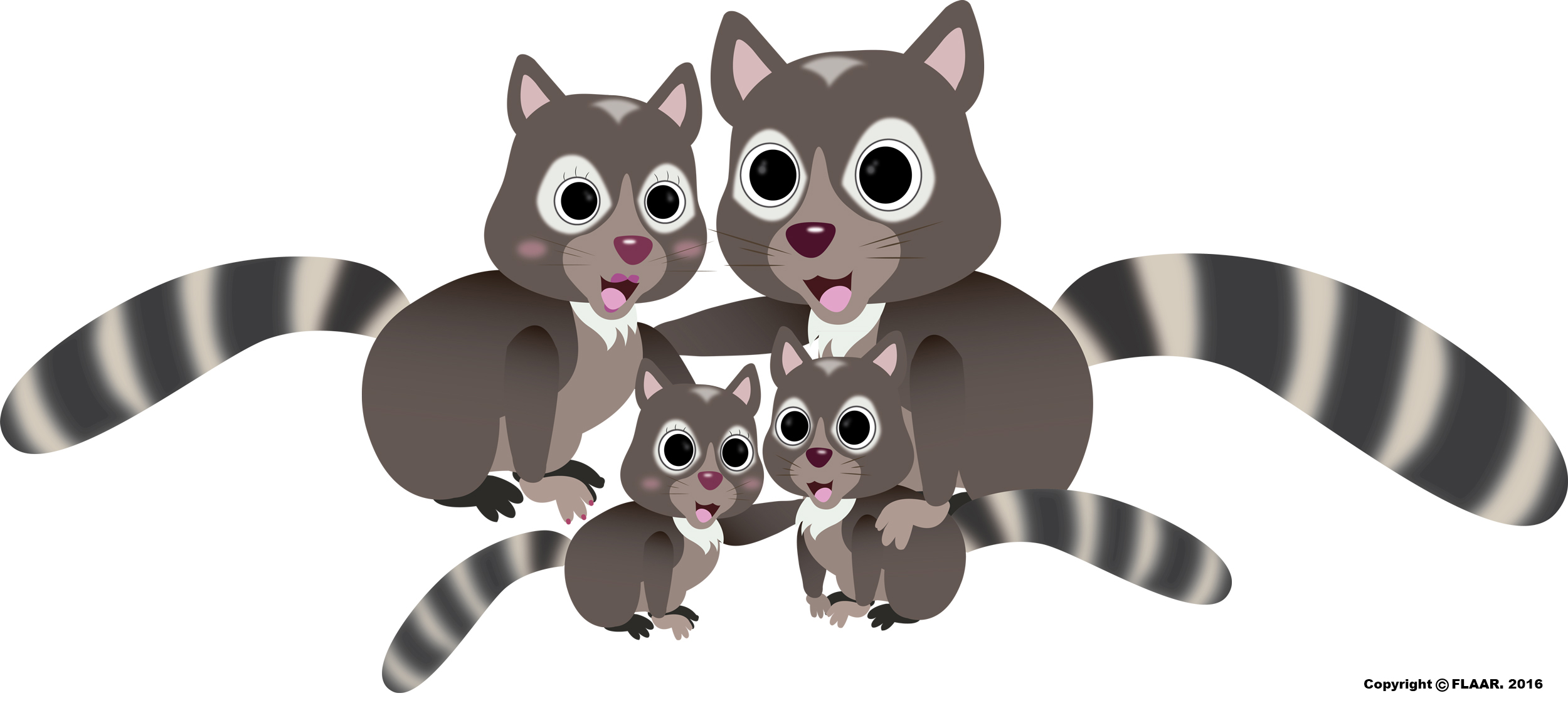We have been doing so much research and photographing insects, plants, animals and eco-systems that we have not updated this Mayan characters web site very much. But you can find monthly updates on our Facebook page.
Pollinators are important worldwide, because if there were no pollinators, what food would we have to eat? Literally.
A substantial percentage of the food we eat does not reproduce unless pollinated (mostly by insects).
Plus, the forests, fields and seasonal Neotropical rain forests would not have any more trees, vines, bushes, or remarkable blooming plants if there were no pollinators.
We will are doing research primarily with high-resolution cameras, though of course it is not easy to be “at the right place at the right time” to capture every pollinator. But if funding becomes available we can send teams to pertinent eco-systems.
Bees, butterflies, and hummingbirds of course are well known pollinators. We will focus on showing the world the wasps, beetles, flies, moths and other insects who also are pollinators (so people don’t kill them with pesticides.
Plus reptiles and mammals (micoleon) are pollinators.
For educational programs for children, adults (and the grandparents of school and college students) this information will be helpful.
Most of all, we wish to help preserve the flora and fauna of Guatemala and Mesoamerica.
Posted November 25, 2017
